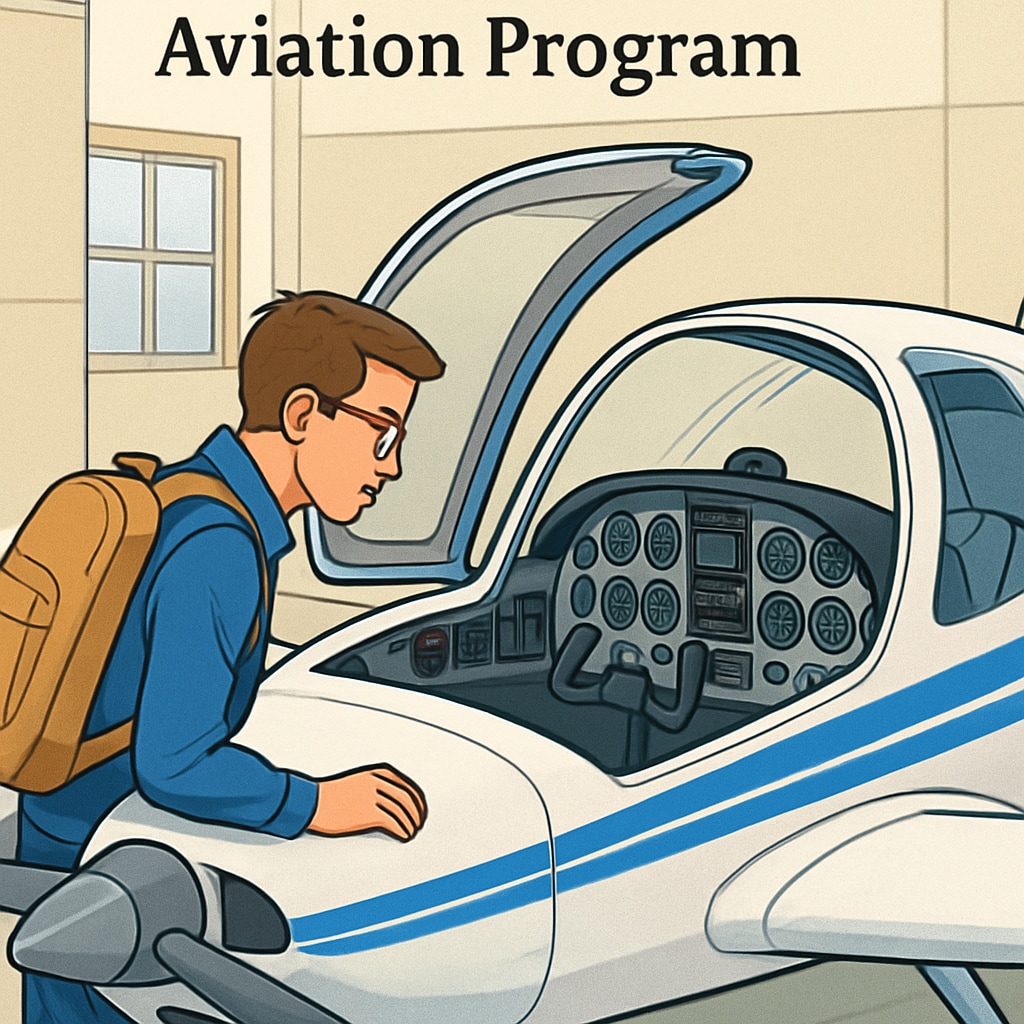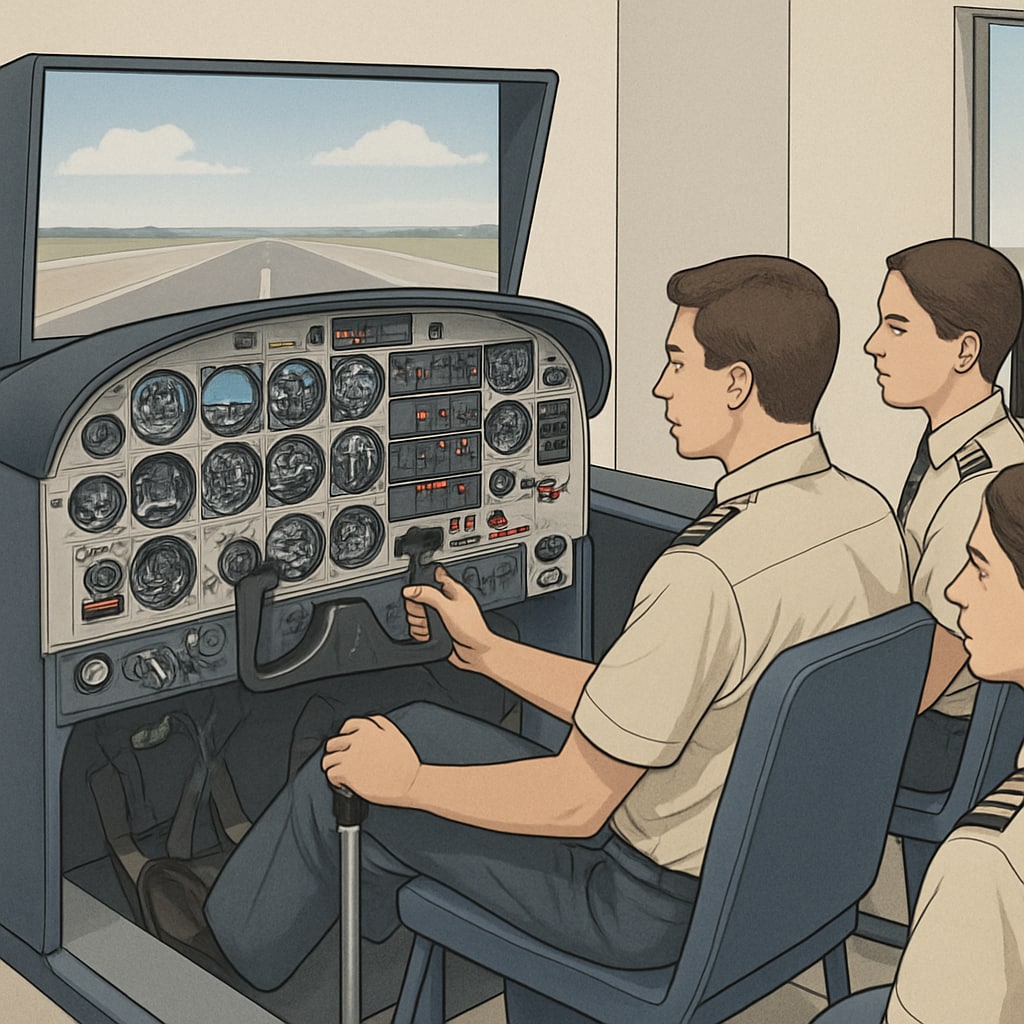Obtaining a Commercial Pilot License (CPL) is a dream for many aspiring aviators, but the journey is not without its challenges—especially when it comes to funding. Integrating aviation education into the K-12 curriculum can ignite students’ passion for flight early on and set them on a defined career path. In addition to sparking interest, schools and educators can play a pivotal role in connecting students with funding support and career planning resources to help them achieve their dreams.
Why Foster Aviation Interest During K-12 Education?
Introducing aviation concepts during the K-12 stage offers students a unique opportunity to explore a field that combines science, technology, engineering, and mathematics (STEM). Aviation education not only fosters curiosity but also sharpens critical thinking, problem-solving, and teamwork skills. For example, programs like the NASA STEM Engagement initiative provide resources for schools to incorporate aerospace topics into their curriculum.
By nurturing an early interest in aviation, students can gain a clearer understanding of the pathways available to pursue a career as a pilot, aerospace engineer, or air traffic controller. Moreover, exposing students to the realities of the aviation profession can help them make informed decisions about their future.

Funding Options for CPL and Flight Training
One of the biggest hurdles for students pursuing a CPL is the cost of flight training, which can range from $50,000 to $100,000 or more. However, there are several funding options available to ease this financial burden:
- Scholarships: Organizations like the Women in Aviation International (WAI) and the Aircraft Owners and Pilots Association (AOPA) offer scholarships specifically for aspiring pilots and aviation enthusiasts.
- Grants: Some government programs and nonprofit organizations provide grants for students who demonstrate financial need or exceptional talent in STEM fields.
- Loan Programs: Specialized financial institutions offer student loans tailored for flight training.
- Corporate Sponsorships: Airlines and aviation companies sometimes sponsor training for students who commit to working for them after certification.
By actively seeking out these opportunities, students can reduce the financial barriers that might otherwise prevent them from pursuing their CPL and other aviation-related qualifications.

Career Planning in Aviation: Setting Students Up for Success
While funding is a critical aspect, helping students map out their career path in aviation is equally important. Here are some strategies to guide students:
- Internships and Hands-On Experience: Encourage students to participate in internships or visit aviation facilities to gain firsthand experience. Exposure to real-world operations can solidify their interest in aviation.
- Mentorship Programs: Connecting students with experienced pilots or aviation professionals can provide valuable insights and guidance.
- Educational Pathways: Highlight the importance of choosing the right academic programs, such as degrees in aviation science or engineering, which align with their career goals.
- Soft Skills Development: Emphasize the importance of communication, leadership, and decision-making skills, which are essential for any aviation career.
With proper planning and support, students can transition seamlessly from school to specialized aviation training programs, and eventually, to rewarding careers in the industry.
In conclusion, fostering an interest in aviation during K-12 education and providing access to funding resources and career planning tools are crucial steps in empowering the next generation of aviation professionals. Whether through scholarships, mentorship, or hands-on learning opportunities, educators and parents can help students turn their dreams of flight into achievable goals.
Readability guidance: This article uses short paragraphs, lists, and active language to ensure accessibility for a wide audience. Transitions like “for example” and “as a result” improve flow, while technical terms are explained where necessary.


